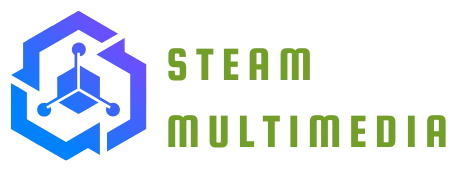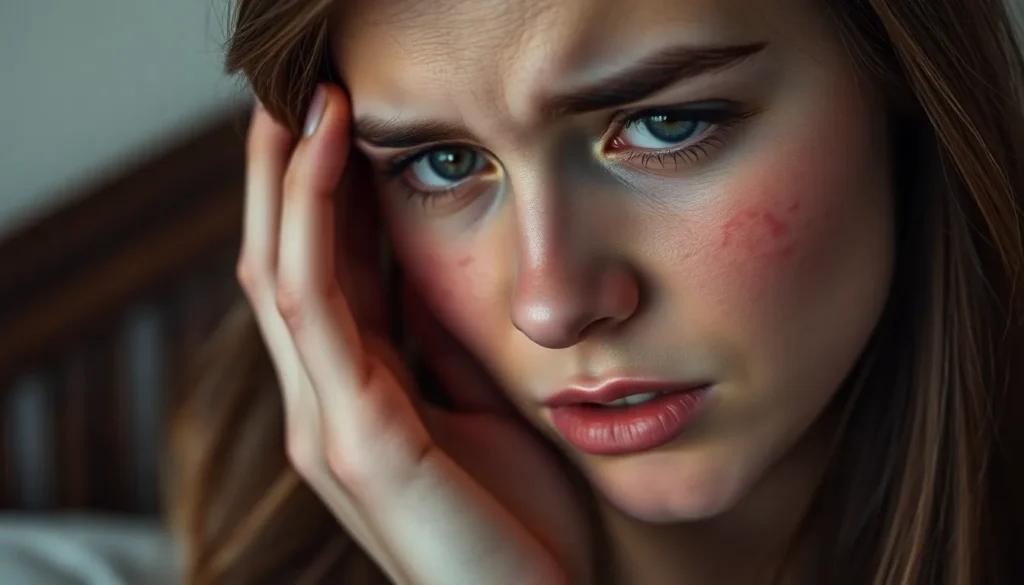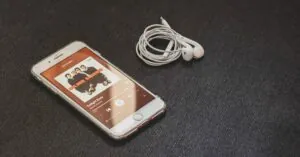Table of Contents
ToggleWaking up to find your face has become a buffet for bed bugs is a nightmare no one wants to experience. These tiny, sneaky pests can turn a peaceful night’s sleep into a scratchy, swollen mess. When they choose your face as their dining table, the results can be both alarming and embarrassing. Who knew that a bed bug could have such a flair for dramatic entrances?
Understanding Bed Bug Bites
Bed bug bites can significantly disrupt sleep, leading to both physical discomfort and emotional distress. Recognizing the nature and appearance of these bites is essential for effective management.
What Are Bed Bugs?
Bed bugs are small, nocturnal insects that primarily feed on the blood of humans and animals. Adult bed bugs measure about 4 to 5 millimeters in length and have a flat, oval shape. These pests typically hide in mattresses, bed frames, and other furniture during the day, emerging at night to feed. Female bed bugs lay 200 to 500 eggs in their lifetime, contributing to rapid infestations. Detection often happens when individual notices reddish or brown spots on bedding.
How Do Bed Bug Bites Appear?
Bed bug bites often present as small, raised welts on the skin. Typically, they appear in clusters or lines, indicating multiple bites from a single feeding session. Initially, bites may not cause any immediate symptoms, but itching and irritation commonly develop within hours. The reaction varies among individuals, with some experiencing mild symptoms while others might face severe allergic reactions. Scratching can lead to skin infections, complicating the healing process further. Recognizing these symptoms aids in prompt treatment and prevention of further issues.
Symptoms of Bed Bug Bites on Face
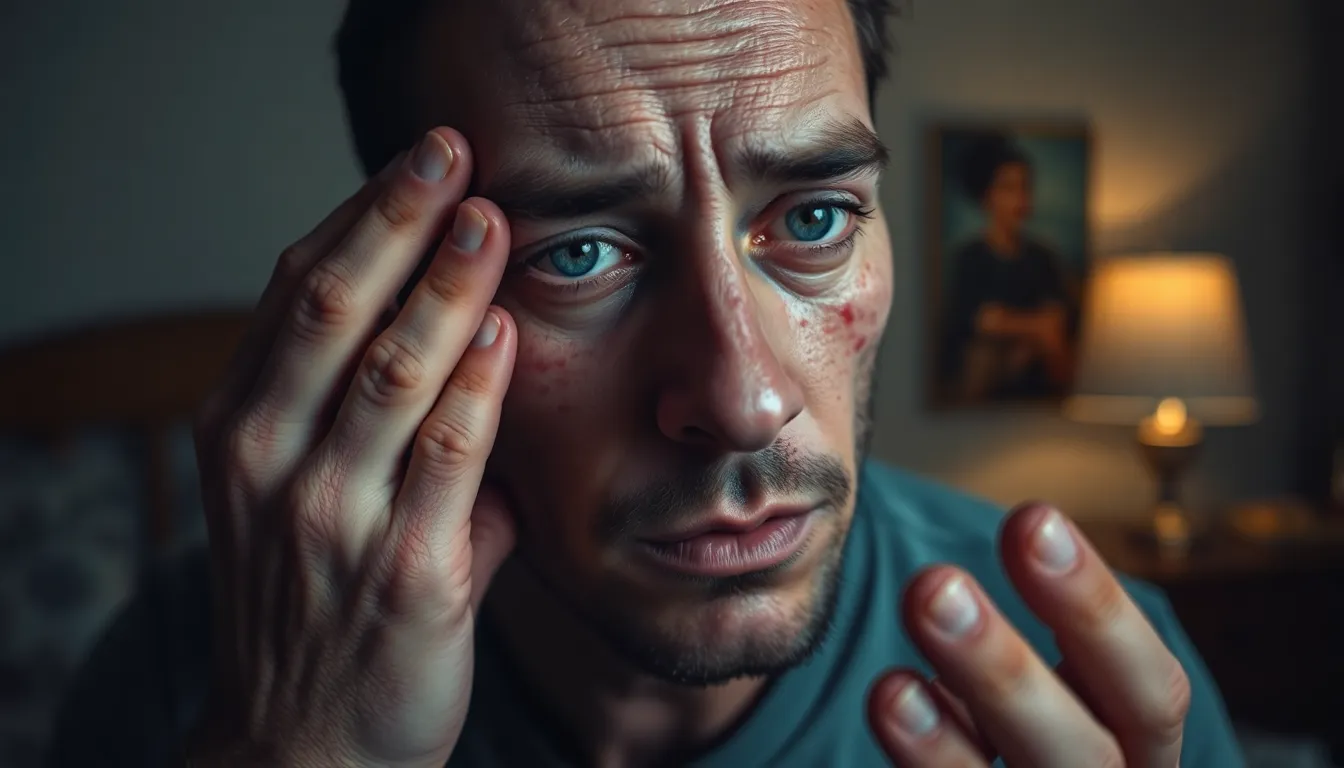
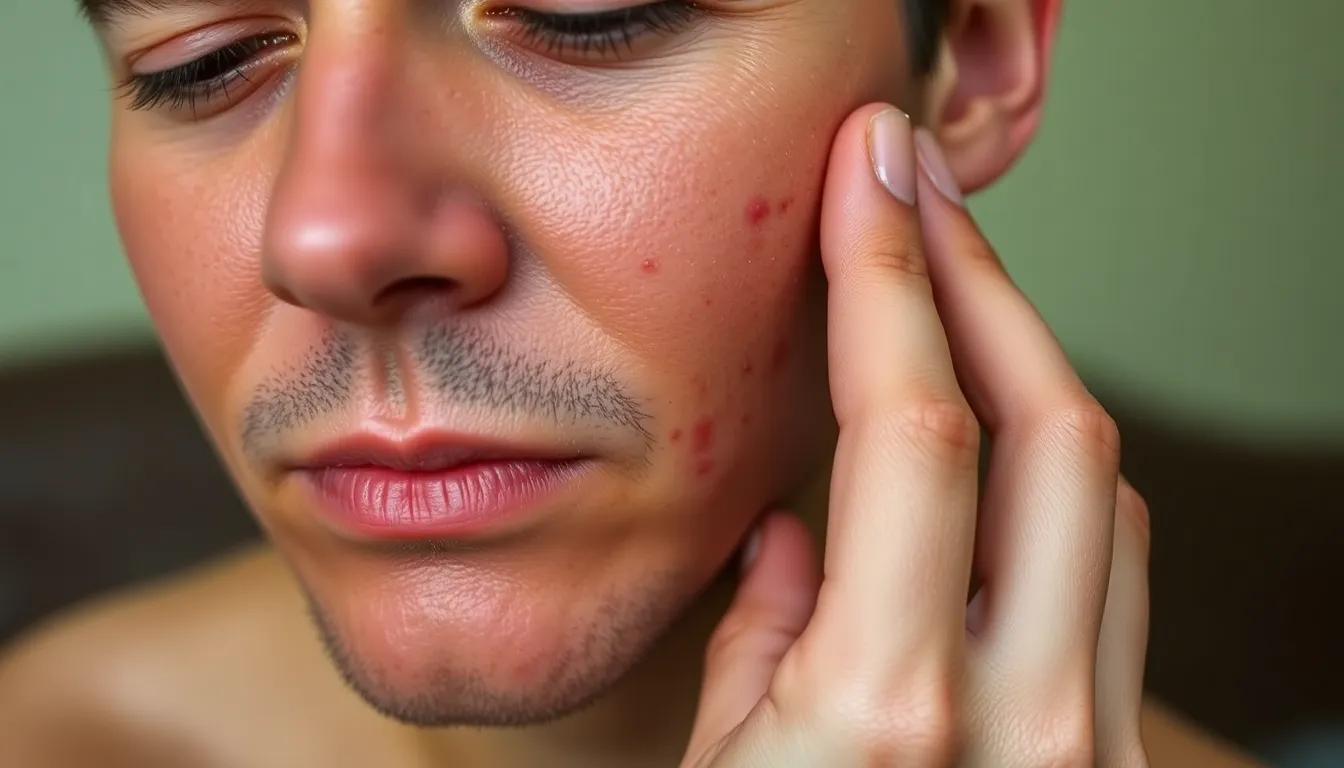
Bed bug bites on the face produce distinct symptoms that require attention. Recognizing these signs aids in quick treatment and minimizes complications.
Initial Reactions
Immediately after being bitten, individuals might notice small, red welts. These bumps appear within minutes or hours after the bite and may vary in size. Some people experience burning sensations as a primary response. The initial irritation can lead to increased awareness of the bites and prompt people to check for pests. While initial reactions may seem mild, they often indicate a subsequent allergic reaction.
Swelling and Itching
Swelling frequently accompanies bed bug bites, particularly on sensitive facial skin. This swelling can intensify over a few days. Additionally, itching is a common symptom that arises alongside swelling. Itching exacerbates discomfort, leading to further irritation if scratched. Some individuals experience severe itching, prompting them to seek relief through topical treatments. Scratching can increase the risk of infections, making it essential to address these symptoms promptly.
Treatment Options
Addressing bed bug bites on the face involves various treatment strategies. Individuals can opt for home remedies, over-the-counter solutions, or seek professional medical advice as needed.
Home Remedies
Applying a cool compress minimizes swelling and discomfort. Natural anti-itch solutions like aloe vera gel soothe irritated skin. Baking soda mixed with water creates a paste that may relieve itching. Essential oils such as tea tree or lavender oil can also provide calming effects. Each of these remedies aims to ease symptoms and promote healing.
Over-the-Counter Solutions
Topical creams containing hydrocortisone effectively reduce inflammation and itching. Antihistamines like diphenhydramine help alleviate allergic reactions and improve sleep. These medications can quickly provide relief from discomfort. Oral pain relievers such as ibuprofen can also address pain associated with bites. Utilizing these solutions supports faster recovery from the symptoms of bed bug bites.
When to See a Doctor
Seeking medical attention becomes crucial if symptoms worsen or do not improve after several days. Signs of infection, including increased redness or swelling, should prompt a visit to a healthcare professional. Severe allergic reactions may occur in some individuals, requiring immediate treatment. If symptoms significantly disrupt daily activities or sleep, consultation with a doctor is recommended for further evaluation and targeted treatment.
Prevention Tips
Preventing bed bug bites on the face requires vigilance and proactive measures. By understanding how to minimize risks, individuals can enjoy a peaceful night’s sleep.
Bed Bug Infestation Prevention
Securing living spaces is essential for reducing infestations. Regularly inspect mattresses, bedding, and furniture for signs of bed bugs. Utilizing protective mattress encasements effectively keeps these pests at bay. Decluttering rooms reduces hiding spots, making it easier to identify potential issues. Washing and drying bedding and clothing on high heat kills any existing bed bugs and their eggs. Lastly, consider hiring pest control professionals if an infestation occurs, as they possess expertise in eradication strategies.
Best Practices for Avoiding Bites
Avoiding bed bug bites requires conscious decisions during travel and daily routines. Always inspect hotel rooms upon arrival, checking bedding, headboards, and furniture for signs of bed bugs. Keeping luggage elevated and away from the bed minimizes risks while traveling. When returning home, washing clothes immediately prevents bringing bed bugs indoors. Seal cracks and crevices in walls or furniture to reduce entry points for bed bugs. Maintaining cleanliness and vigilance protects against future infestations and potential bites.
